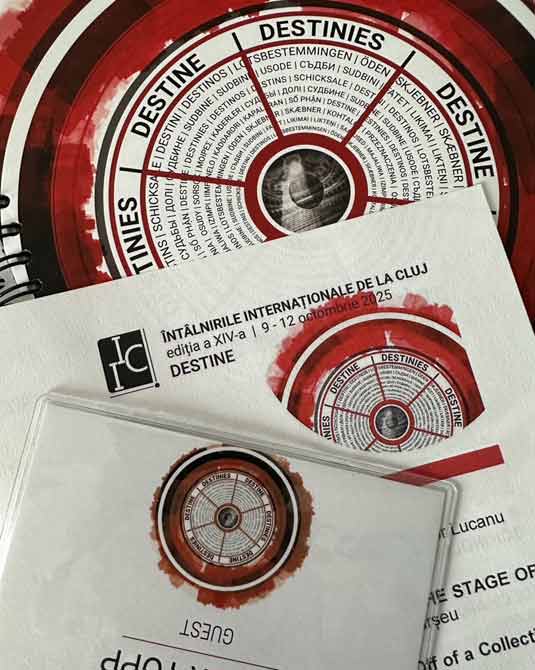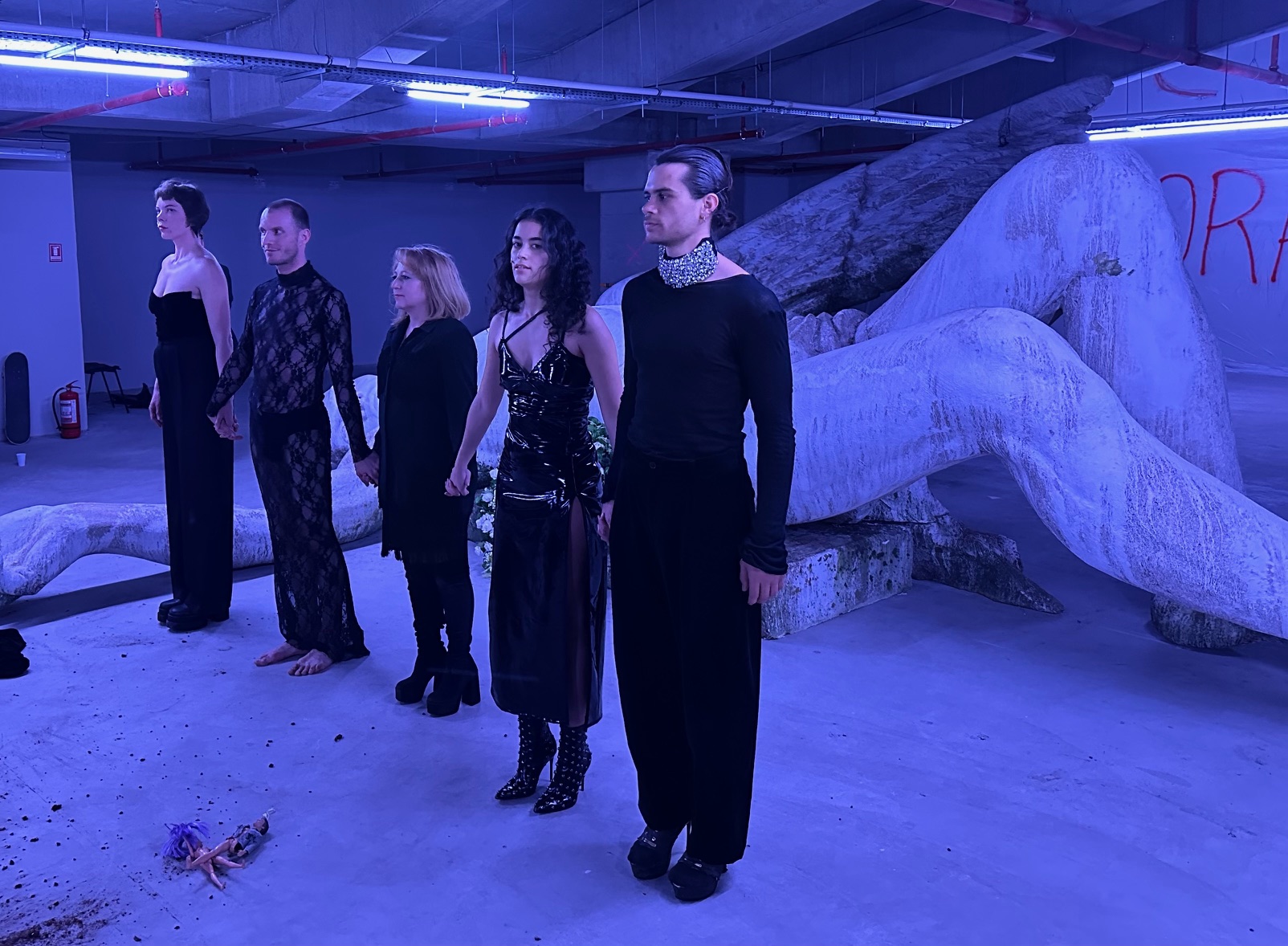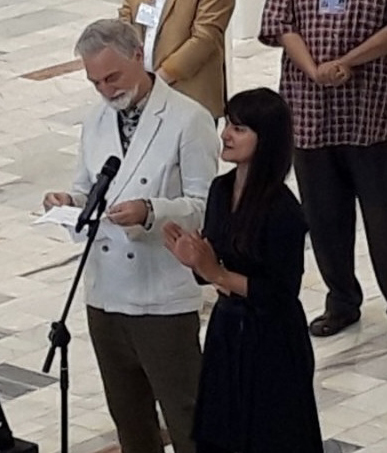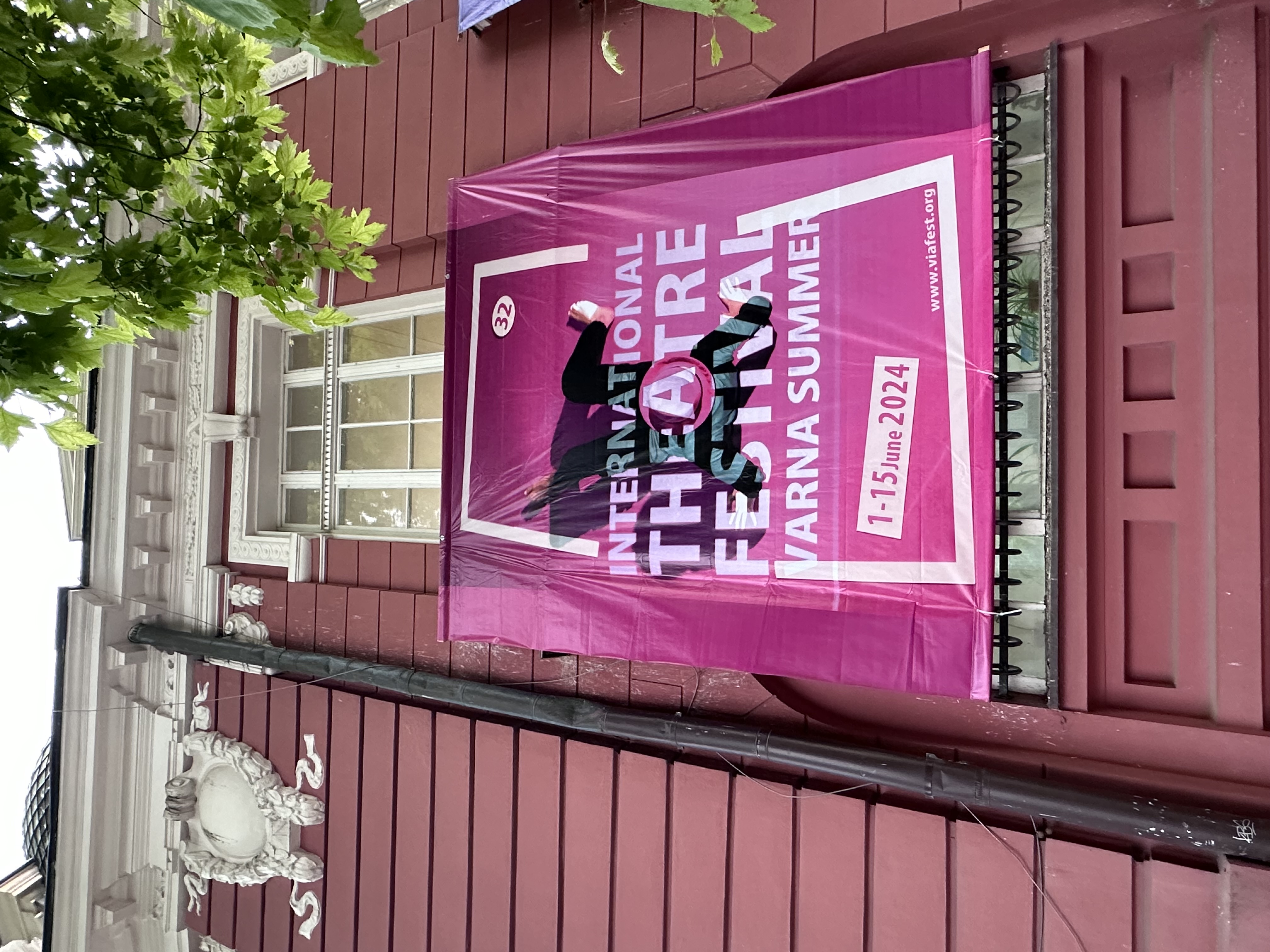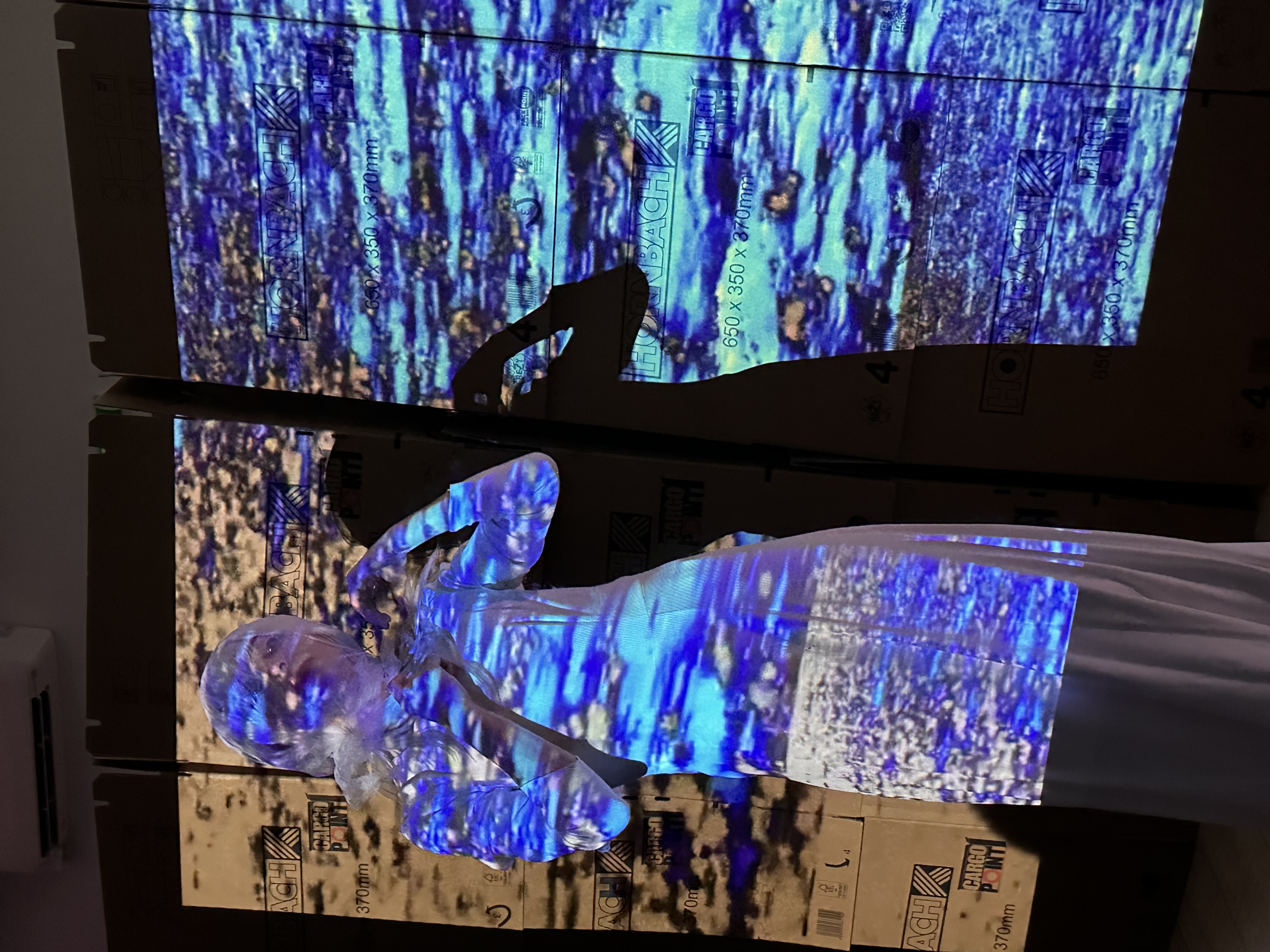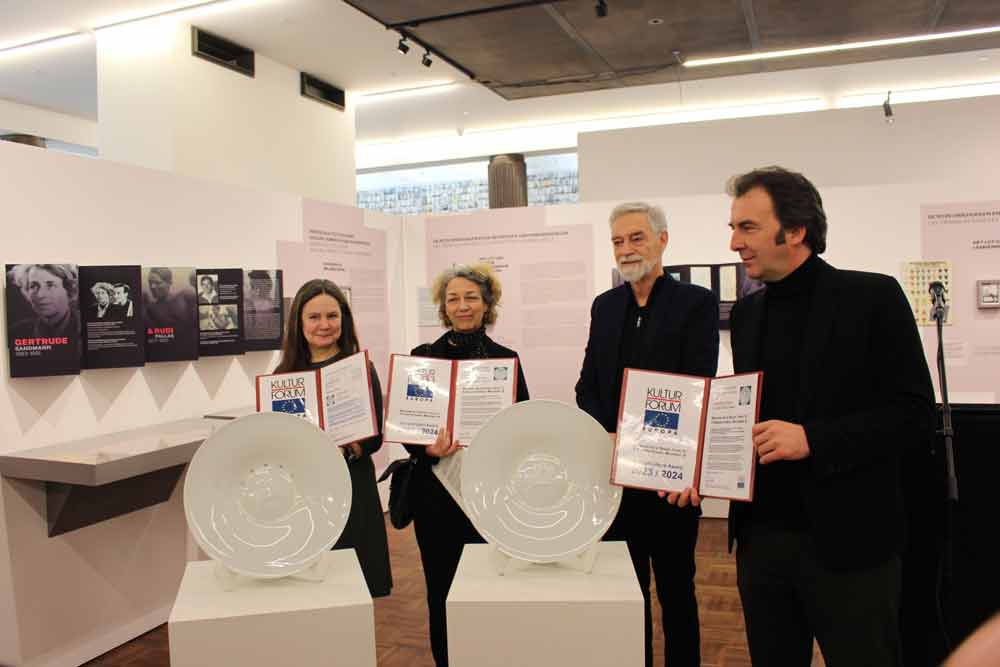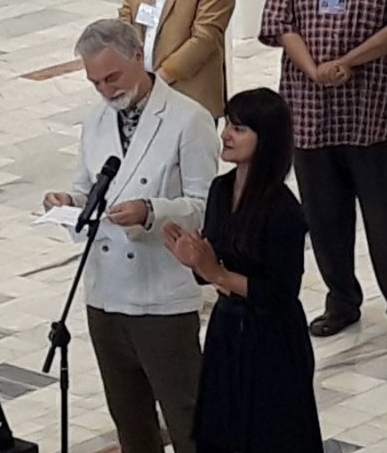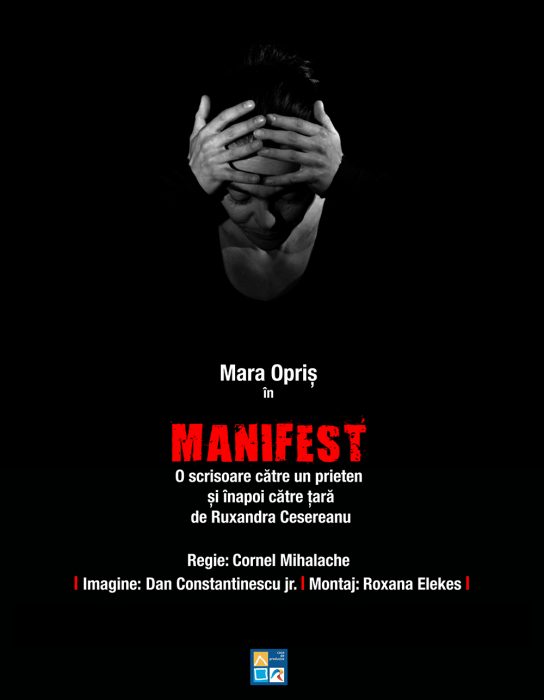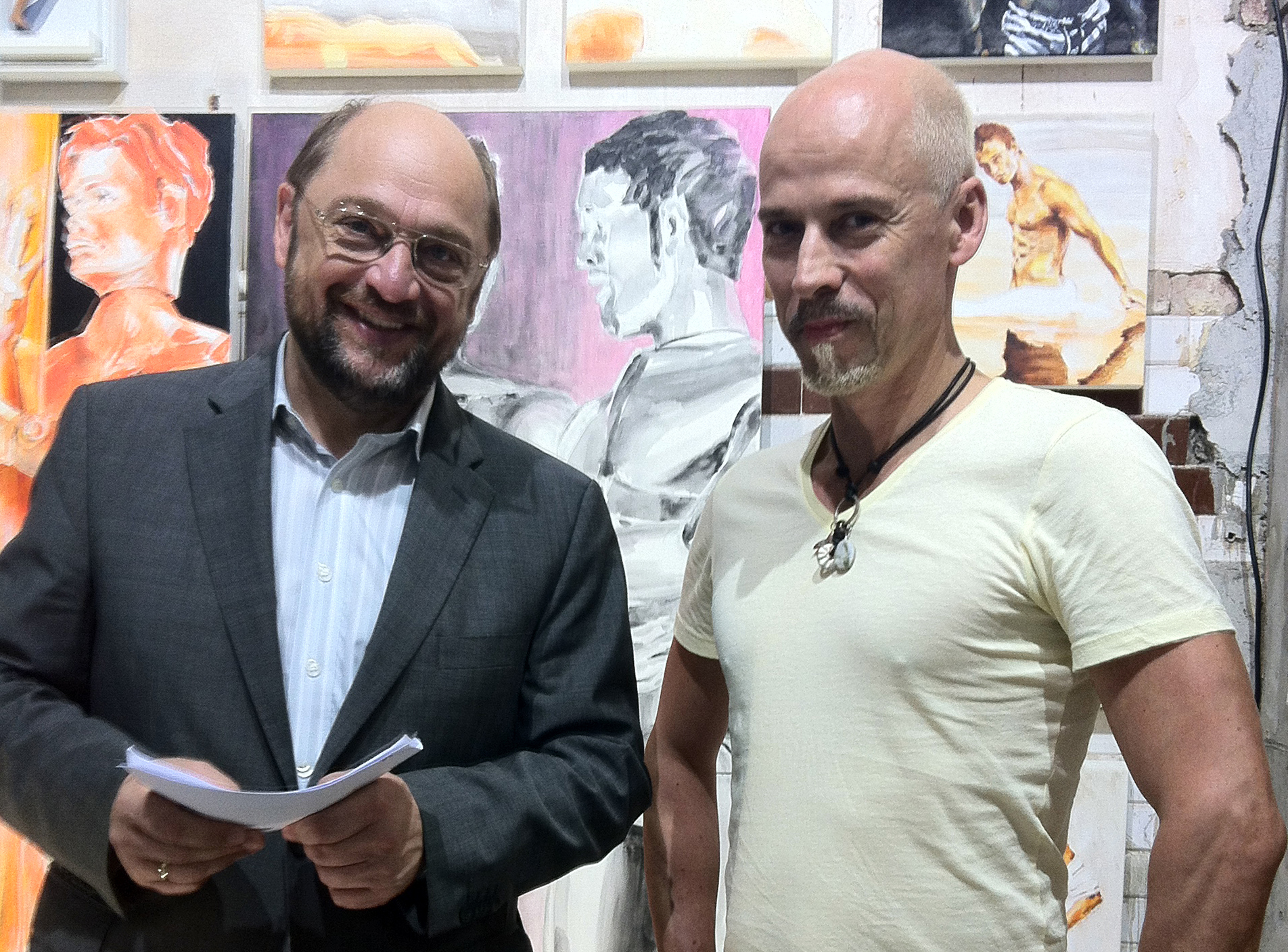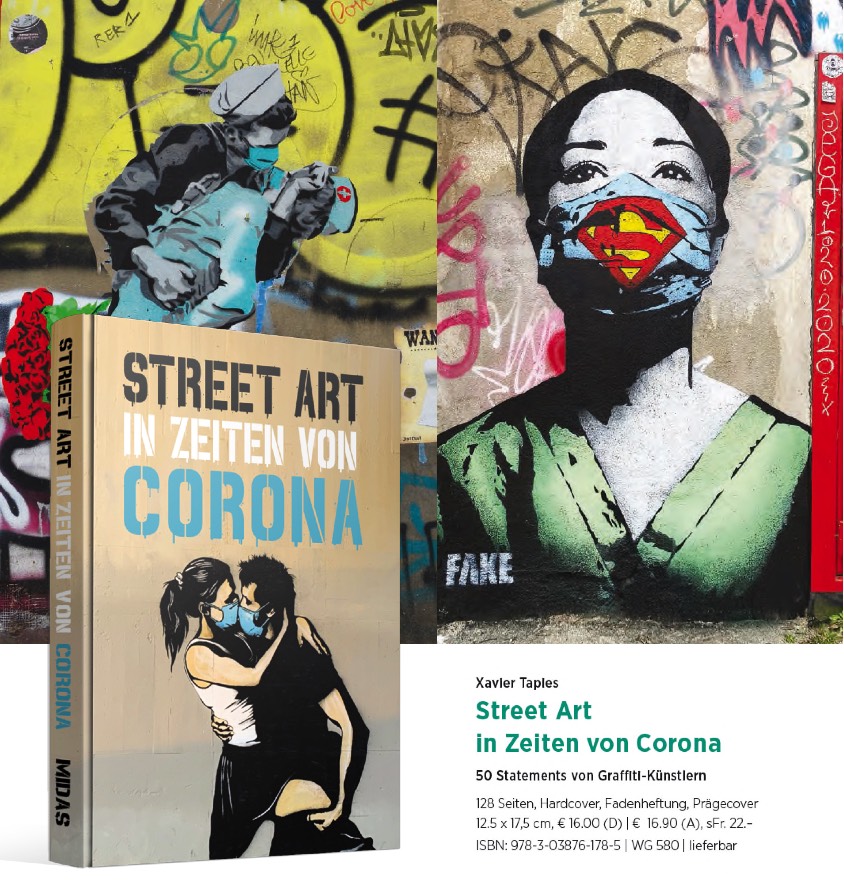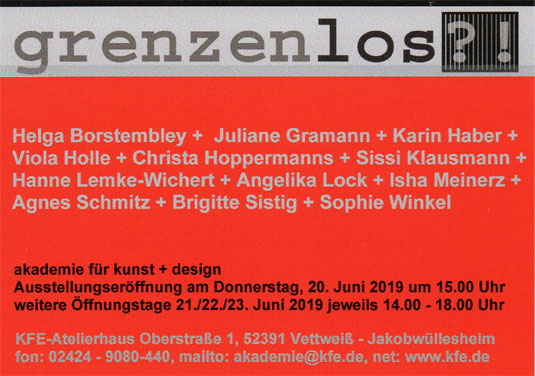Exhibition "Homosexuals and Lesbians in Nazi-Europe"
in the Kazerne Dossin, Memorial, Museum and Research Centre on Holocaust and Human Rights
(by Christian Bauer) The beautiful facades of the cosy Belgian town of Mechelen also existed during the Nazi era and were a centre for the deportation of Jews, Roma and disagreeable contemporaries to Nazi concentration camps.
The Kazerne Dossin not only commemorates these crimes of Nazi rule, but also keeps alive the memory of the dead and survivors, a sign for all not to forget, but to sharpen the mind, to be vigilant, also to show the red card to rising nationalism, hostility towards minorities and the associated xenophobia.
The exhibition "Gays and Lesbians in National Socialist Europe" can be seen at the Documentation Centre until 10 December 2023.
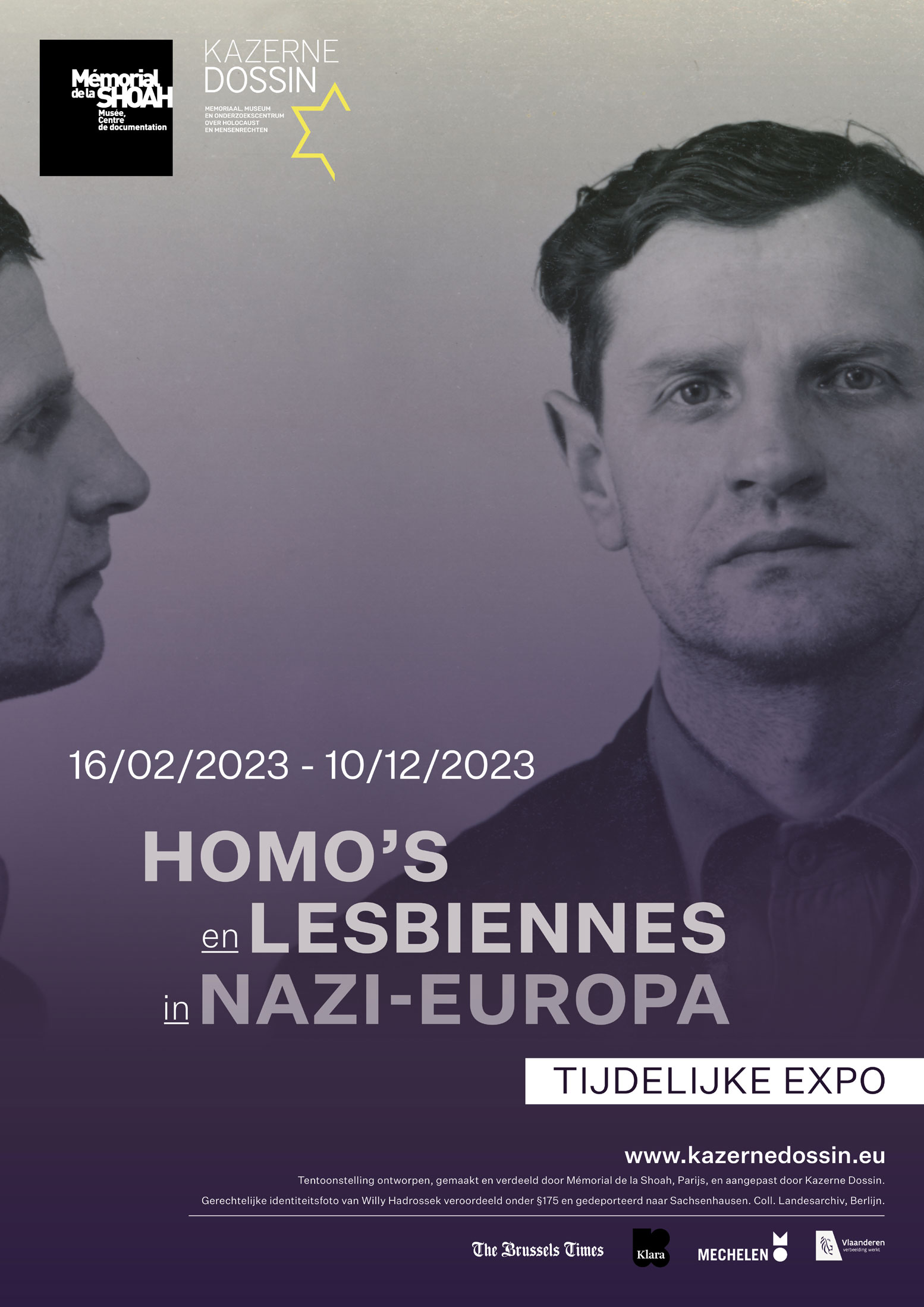
The fate of gays and lesbians during the Second World War remained unrecognised for a long time, the public was largely unaware of it. The exhibition in the Kazerne Dossin is dedicated to their situation in Belgium for the first time:
"It is only in recent decades that leading historical research on the subject has been published, enabling us to learn more about it.
The exhibition, based on documents, many of which have never been shown in Belgium before, places the persecution of homosexual women and men under the Nazi regime in a broader geographical framework. The focus here is on Belgium, Germany, France and the Netherlands viewed over a longer period of time," says the house's director Tomas Baum.
Starting with the hope for emancipation in the 1920s, the meaning of homophobia and a look at Magnus Hirschfeld, the documentary deals with homosexuality and Nazism.
Examples of the deportation of homosexual people follow, and then the significance and weighting of the pink triangle in the camps is shown.
Homosexual women and men suffered different fates. Some went into exile, others led double lives. In Germany, for example, of the 100,000 homosexuals identified by the authorities, about 50,000 were convicted: Between 5,000 and 15,000 were sent to concentration camps, where most of them died, their fate varying greatly depending on the camp and when they were imprisoned. Lesbians, on the other hand, remained outside the scope of the law, except in certain areas such as Austria. Some were deported after being classified as "asocial" or "communist".
The exhibition reviews the early homosexual movements from the end of the 19th century to the 1930s and delves into the persecution of homosexuals, especially under the Nazi regime, in a European context.
The richness of the gay and lesbian subcultures of the early 20th century is shown, as well as the extent of Nazi persecution. The challenge is to save this piece of history from oblivion. It focuses on Magnus Hirschfeld, Erika and Klaus Mann, Eva Kotchever, Martha Geiringer and Yvonne Fontaine, Frieda Belifante, as well as speeches by Heinrich Himmler, convictions in Germany based on paragraphs 175 and 175a, ending with a look at ignored testimonies on the long road of further repression up to official recognition.
"The scientific approach is significant when it comes to combating the untruths (fake news) that are still circulating and constantly emerging," Tomas Baum continues.
Finally, an overview of oppression in other countries is given, questions of memory and recognition after the end of the Second World War and in the more recent past are addressed.
The exhibition was conceived and developed by the Mémorial de la Shoah (Holocaust Museum in Paris, France) under the scientific direction of Florence Tamagne. It was first presented in Paris in 2021. The content relating to Belgium and the Netherlands was developed and added by Kazerne Dossin.
Opening hours until 10.12.2023 - Mon-Sun, 9am-5pm
Kazerne Dossin - Goswin de Stassartstraat 151 - B-2800 Mechelen
www.kazernedossin.eu
Back
in the Kazerne Dossin, Memorial, Museum and Research Centre on Holocaust and Human Rights
(by Christian Bauer) The beautiful facades of the cosy Belgian town of Mechelen also existed during the Nazi era and were a centre for the deportation of Jews, Roma and disagreeable contemporaries to Nazi concentration camps.
The Kazerne Dossin not only commemorates these crimes of Nazi rule, but also keeps alive the memory of the dead and survivors, a sign for all not to forget, but to sharpen the mind, to be vigilant, also to show the red card to rising nationalism, hostility towards minorities and the associated xenophobia.
The exhibition "Gays and Lesbians in National Socialist Europe" can be seen at the Documentation Centre until 10 December 2023.

The fate of gays and lesbians during the Second World War remained unrecognised for a long time, the public was largely unaware of it. The exhibition in the Kazerne Dossin is dedicated to their situation in Belgium for the first time:
"It is only in recent decades that leading historical research on the subject has been published, enabling us to learn more about it.
The exhibition, based on documents, many of which have never been shown in Belgium before, places the persecution of homosexual women and men under the Nazi regime in a broader geographical framework. The focus here is on Belgium, Germany, France and the Netherlands viewed over a longer period of time," says the house's director Tomas Baum.
Starting with the hope for emancipation in the 1920s, the meaning of homophobia and a look at Magnus Hirschfeld, the documentary deals with homosexuality and Nazism.
Examples of the deportation of homosexual people follow, and then the significance and weighting of the pink triangle in the camps is shown.
Homosexual women and men suffered different fates. Some went into exile, others led double lives. In Germany, for example, of the 100,000 homosexuals identified by the authorities, about 50,000 were convicted: Between 5,000 and 15,000 were sent to concentration camps, where most of them died, their fate varying greatly depending on the camp and when they were imprisoned. Lesbians, on the other hand, remained outside the scope of the law, except in certain areas such as Austria. Some were deported after being classified as "asocial" or "communist".
The exhibition reviews the early homosexual movements from the end of the 19th century to the 1930s and delves into the persecution of homosexuals, especially under the Nazi regime, in a European context.
The richness of the gay and lesbian subcultures of the early 20th century is shown, as well as the extent of Nazi persecution. The challenge is to save this piece of history from oblivion. It focuses on Magnus Hirschfeld, Erika and Klaus Mann, Eva Kotchever, Martha Geiringer and Yvonne Fontaine, Frieda Belifante, as well as speeches by Heinrich Himmler, convictions in Germany based on paragraphs 175 and 175a, ending with a look at ignored testimonies on the long road of further repression up to official recognition.
"The scientific approach is significant when it comes to combating the untruths (fake news) that are still circulating and constantly emerging," Tomas Baum continues.
Finally, an overview of oppression in other countries is given, questions of memory and recognition after the end of the Second World War and in the more recent past are addressed.
The exhibition was conceived and developed by the Mémorial de la Shoah (Holocaust Museum in Paris, France) under the scientific direction of Florence Tamagne. It was first presented in Paris in 2021. The content relating to Belgium and the Netherlands was developed and added by Kazerne Dossin.
Opening hours until 10.12.2023 - Mon-Sun, 9am-5pm
Kazerne Dossin - Goswin de Stassartstraat 151 - B-2800 Mechelen
www.kazernedossin.eu
Back

